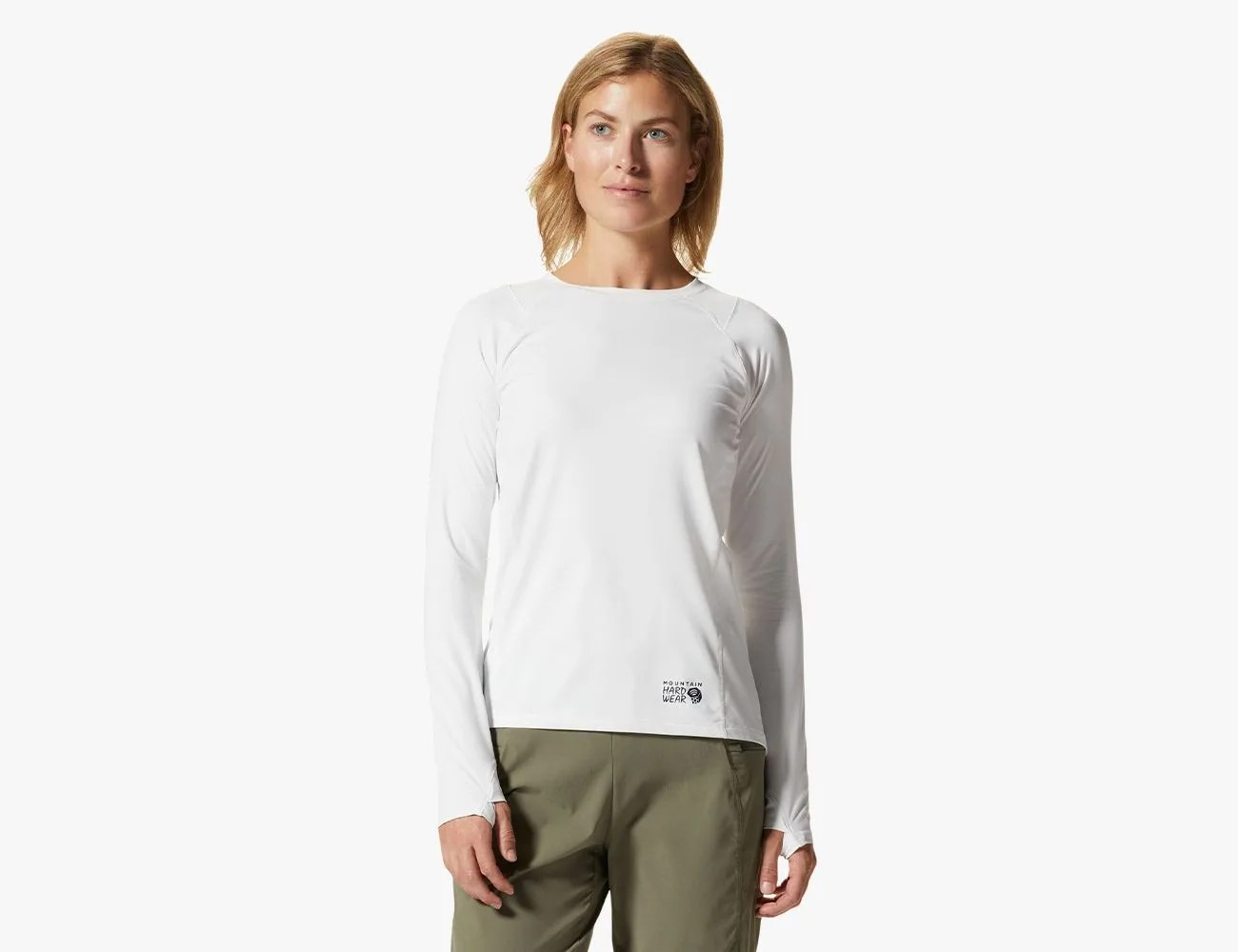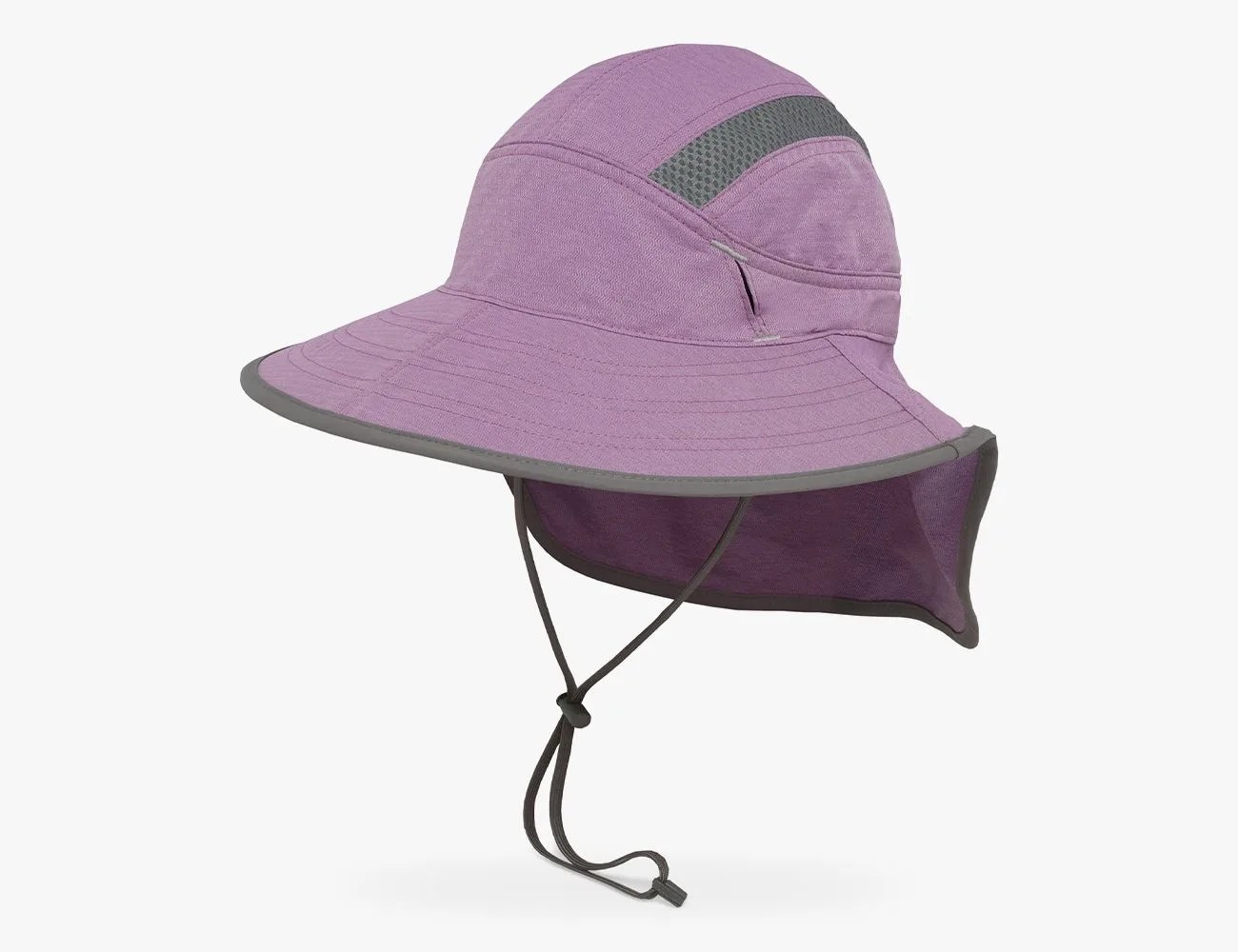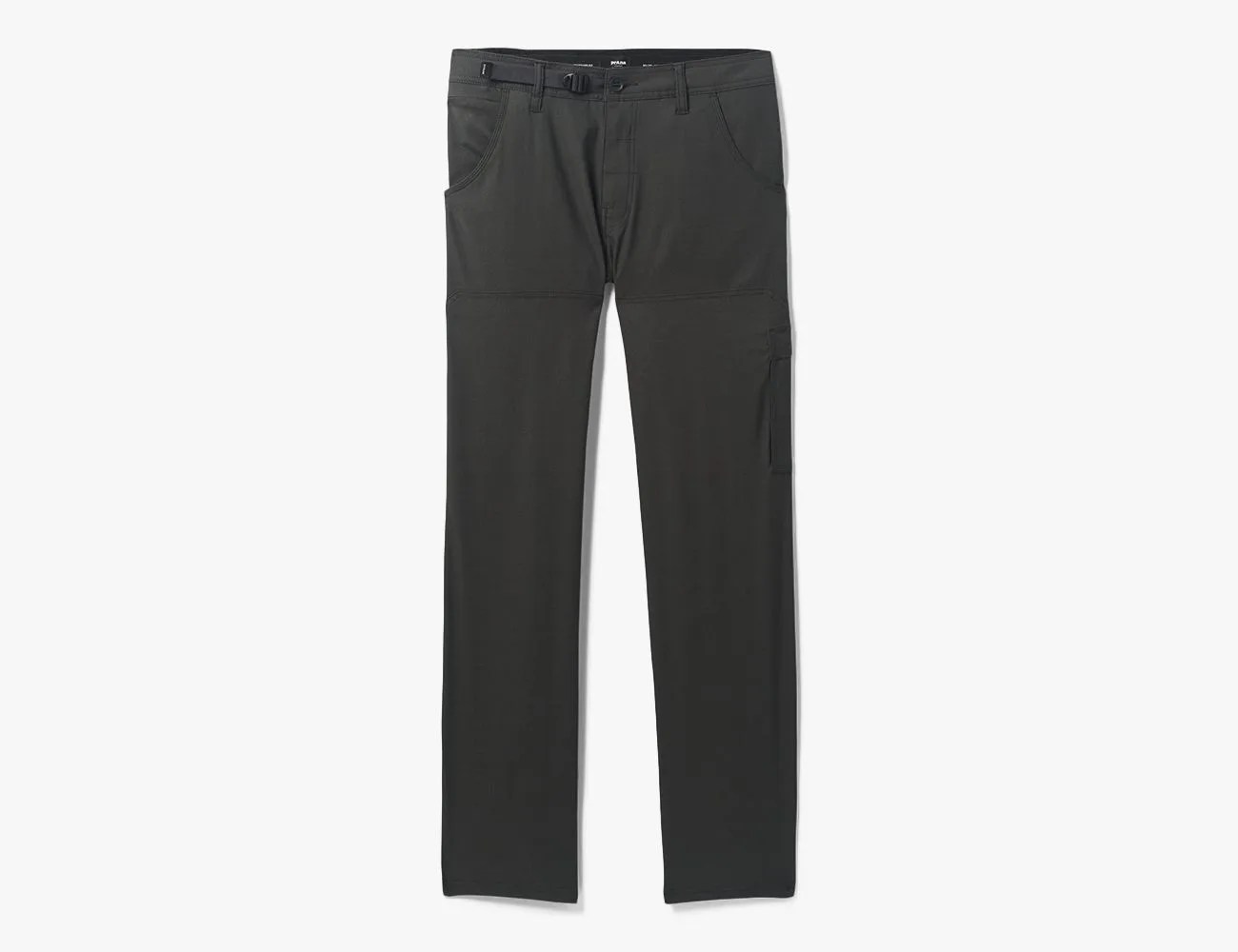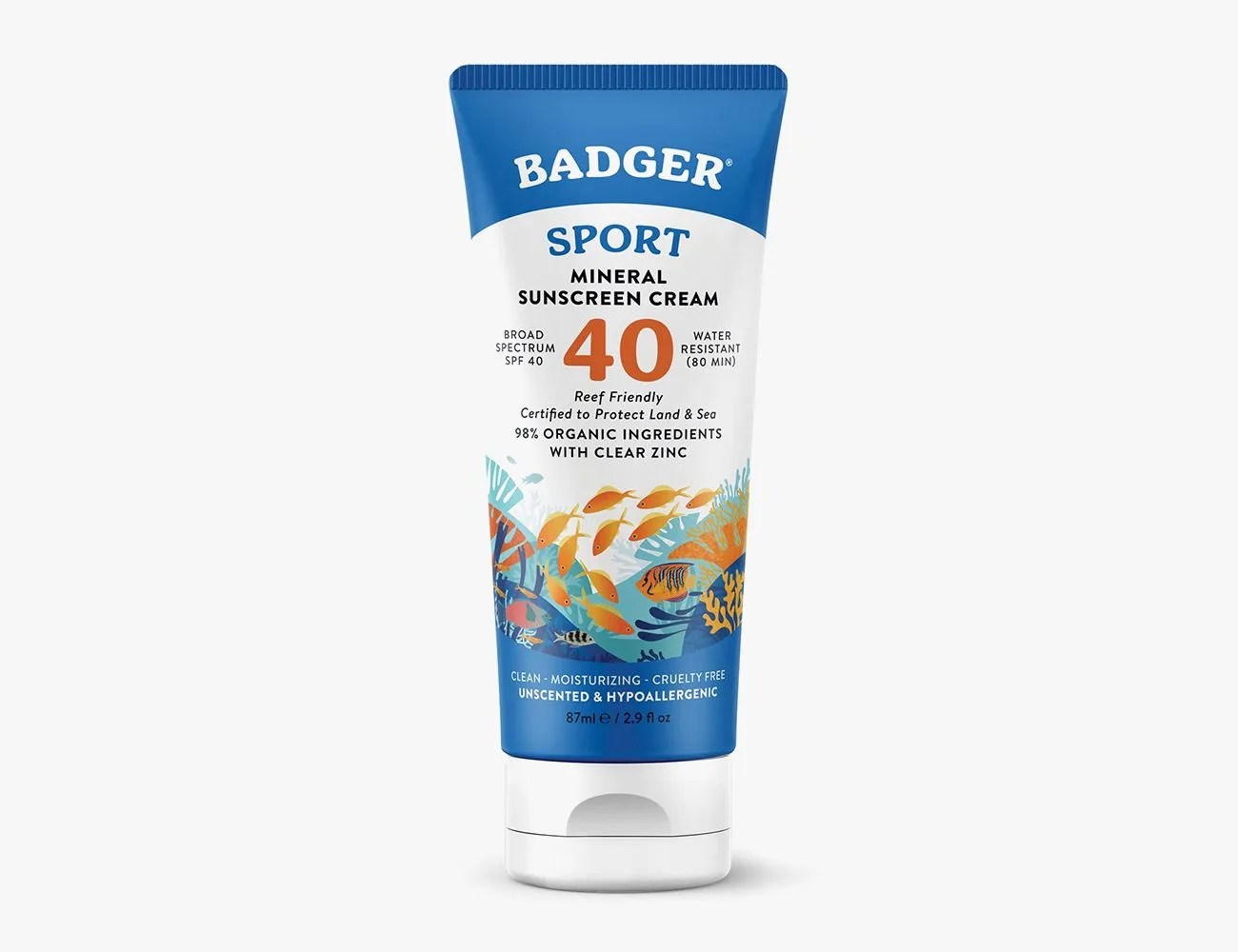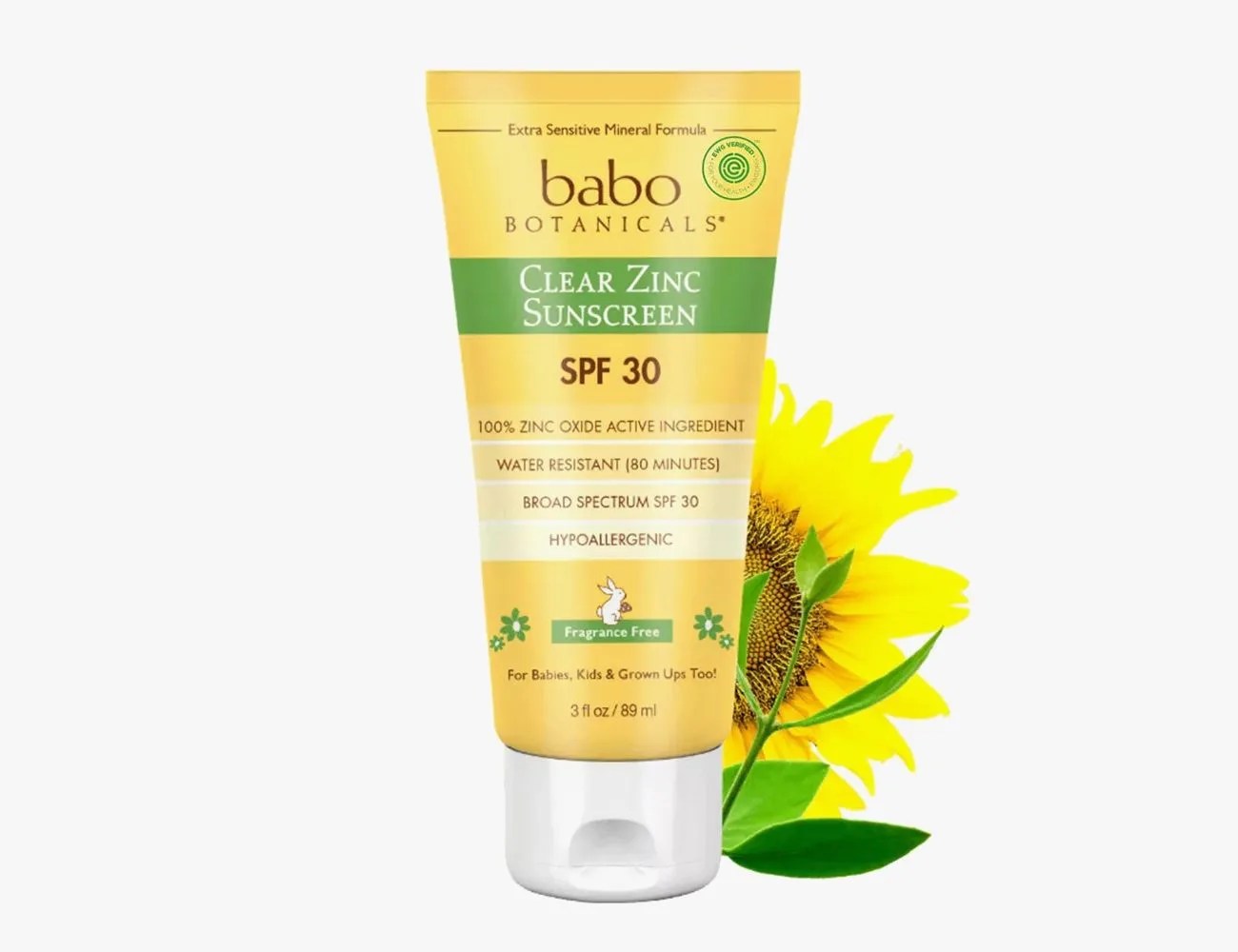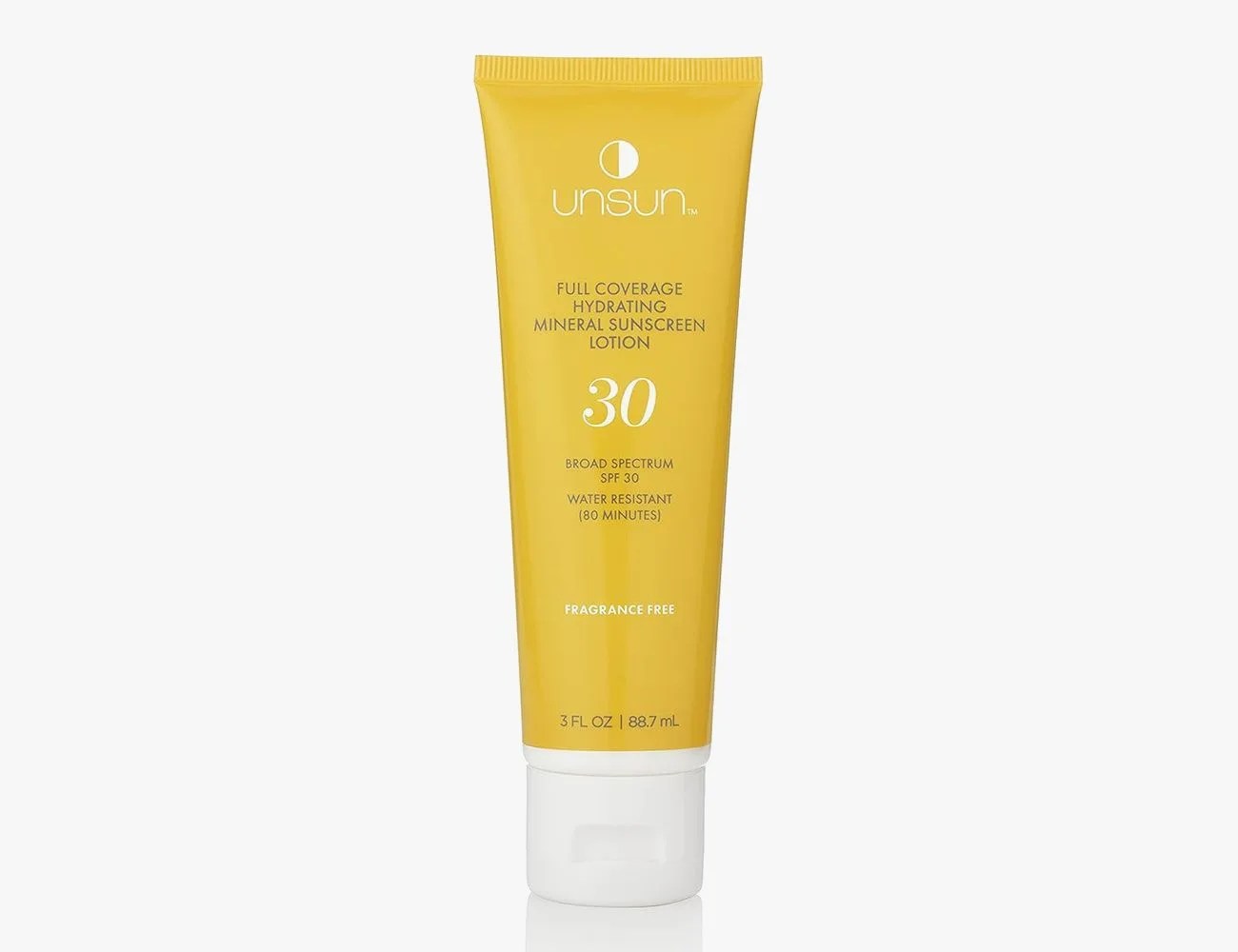If skin health is important to you, you’ve probably got a care routine that varies by the season. Winter is all about moisturizing, protecting the fragile skin barrier from the dry winter air with as much hydration as possible. In the summer, protection from the sun’s ray’s is paramount. Odds are, you rely on a big slather of sunscreen as the foundation — and probably even the entirety — of that defense. But should you?
Sunscreen comes with caveats that are dangerous to ignore. When incorrectly or infrequently applied, its protection transforms into a false sense of security. Which is to say nothing of its recurring expense, the hassle of maintaining an adequate supply and periodic recalls of sunscreen found to contain cancer-causing chemicals like benzene.
If skipping sunscreen entirely may feel like it flies in the face of the all conventional wisdom, that’s because it does. Most dermatologists agree on the basics: sunscreen helps prevent sunburns, wrinkles and skin cancer when you apply 20 minutes before exposure, and reapply as the day goes on for continuous protection.
Reliance on sunscreen as a first and last defense, however, can leave you undefended while thinking you’re immune. That’s why its essential to put a few other weapons in your arsenal.
Not all sunscreen is the same.
Before we go any further, note that there are actually two different types of sunscreen: mineral and chemical. Mineral sunscreens, often referred to as “physical,” protect you by sitting on top of the skin, rather than absorbing into it. Picture the classic white goop slathered onto the nose of a lifeguard or small child playing on the beach. Mineral sunscreens rely on two main ingredients for their sun-protecting powers: zinc oxide and titanium dioxide. Both are naturally occurring ingredients that are considered safe for sun protection.
There are actually two different types of sunscreen: mineral and chemical.







